Simmer pots are a lovely way to scent your home. They are non-polluting (unlike candles and other air fresheners). They are also zero-waste and eco-friendly (since the ingredients are simple and compostable).
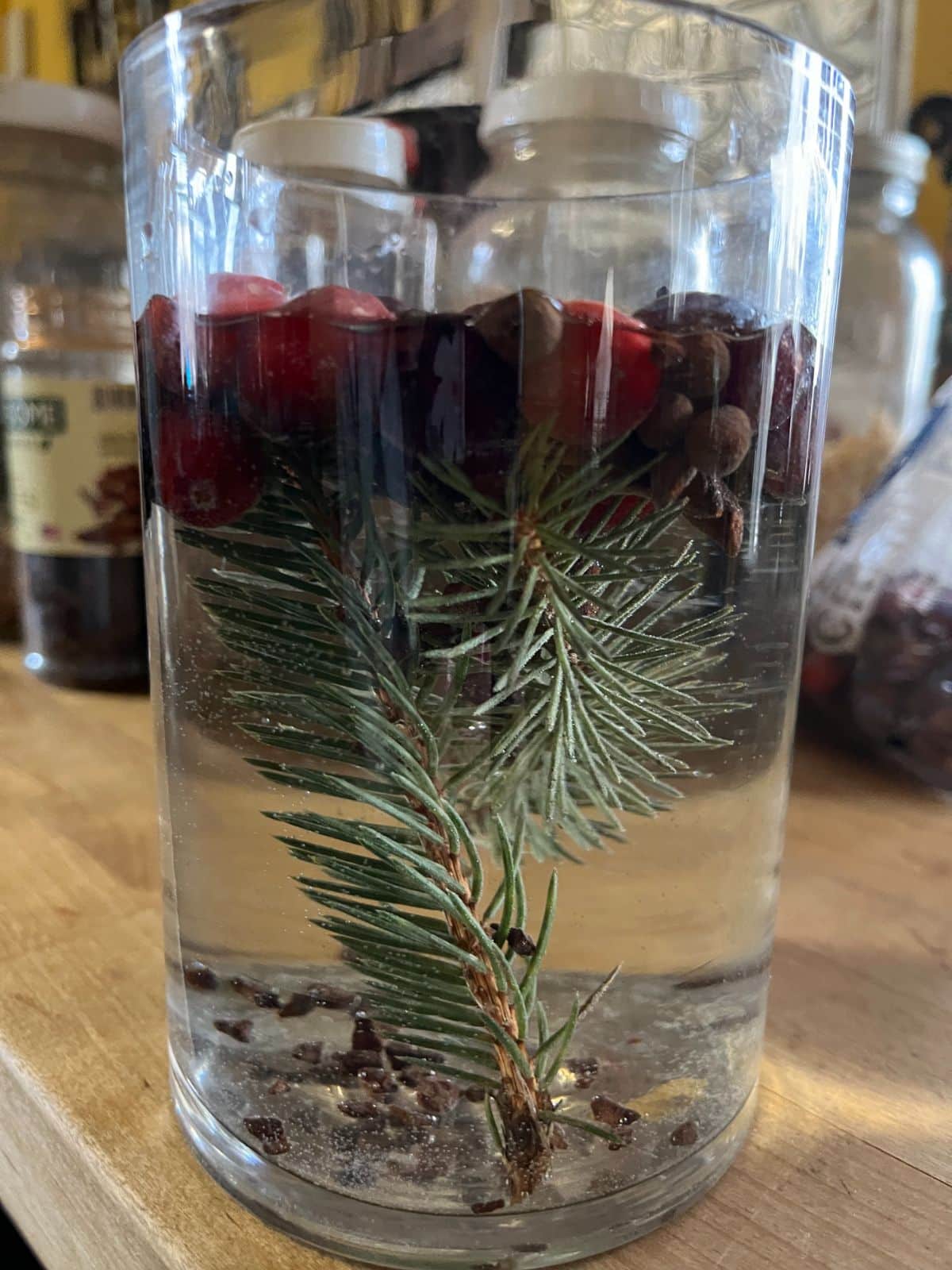
With so many traditional scents associated with winter and the holidays, there are a great many choices for seasonal simmer pots. To inspire you, we’ve collected 14 of the best to enjoy this Christmas season—and beyond!
Jump to:
- How to Make a Simmer Pot “Recipe”
- Infuse Your Home with Holiday Cheer – Simmer Pot Style!
- Orange Cranberry Spice Simmer Pot Recipe
- Cranberry Spice
- Christmas Apple Pie
- New Year’s Egg Nog
- Savory Citrus
- Lemon and Thyme
- Savory Herb Selection
- Tropical Christmas Vacation
- Cinnamon Vanilla
- Christmas Cookies
- Candy Cane
- Christmas Home
- Christmas Morning Coffee
- Some Notes on Using Vanilla in Simmer Pots
- Tip: Use Kitchen Scraps for Simmer Pots!
- Exchanging Dried for Fresh Ingredients and Vice Versa
- Do simmer pot ingredients have to be dried?
- Make-Ahead Simmer Packs and Gift Packs
- Giving the Personal Touch to Your Simmer Pots
How to Make a Simmer Pot “Recipe”
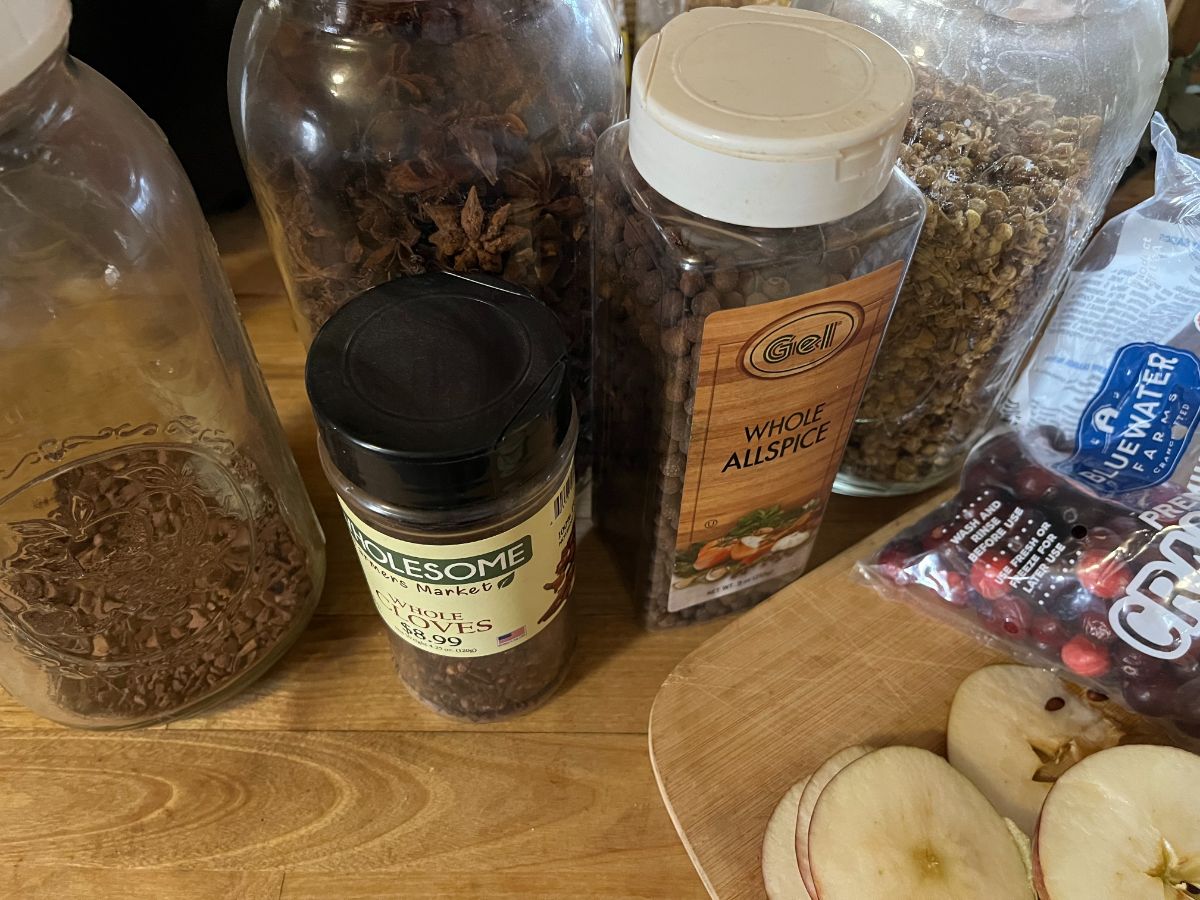
Making a simmer pot recipe or putting together a simmer pot is super simple.
It couldn’t be easier; just:
- Choose the recipe from the list below
- Put the ingredients together in the bottom of the pot
- Fill the pot three-quarters full with water
- Bring the pot to a simmer and simmer on low for hours
- Top up with more water as the pot boils down
- You can keep topping up the same ingredients with water until they are no longer aromatic
Infuse Your Home with Holiday Cheer – Simmer Pot Style!
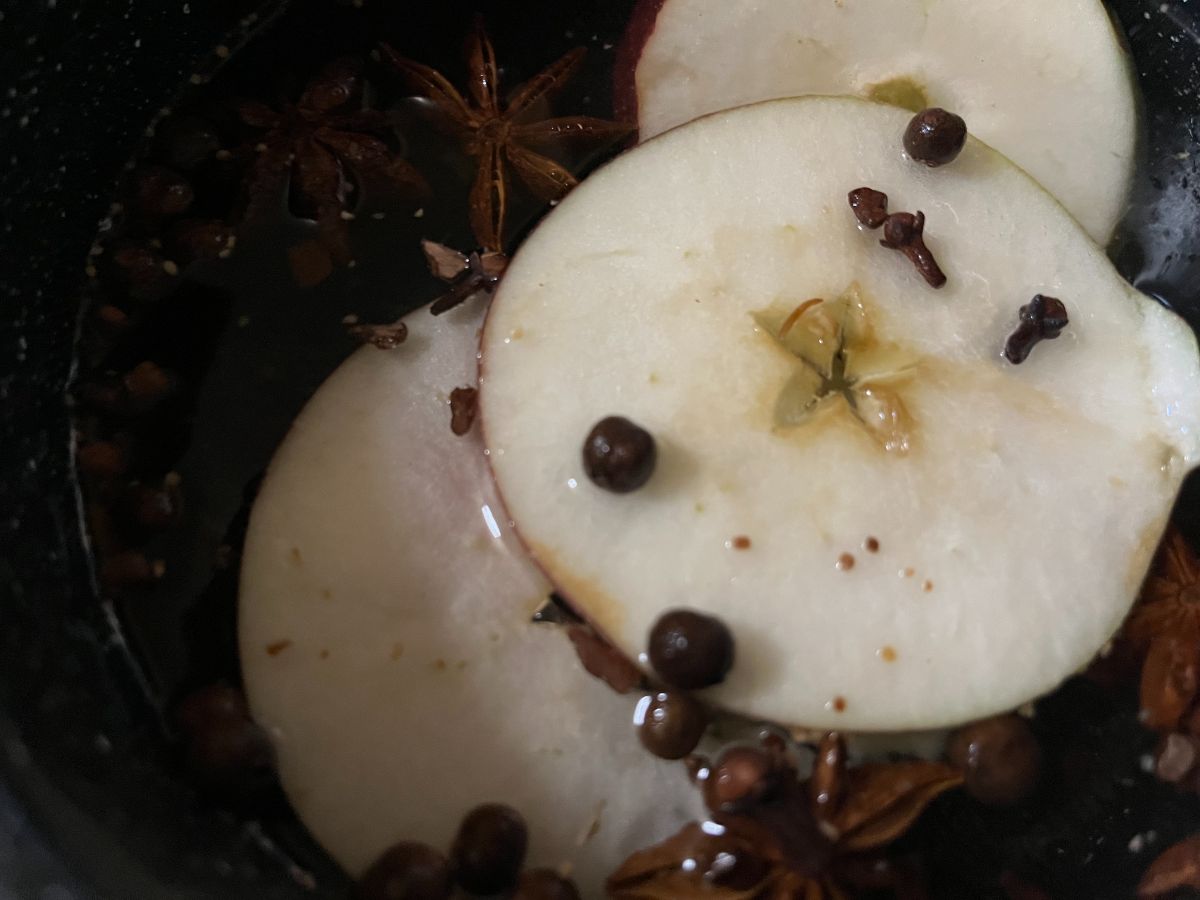
Not only do simmer pots infuse your home with a lovely scent, but they increase the humidity in your home, which is important -- and healthier for you, too.
Not sure which seasonal scents go together? Try these!
Orange Cranberry Spice Simmer Pot Recipe
- 2 dried orange slices
- ½ cup dried cranberries
- 2 cinnamon sticks
- 1 teaspoon whole dried cloves
- 2 sprigs dried rosemary (about 1 teaspoon loose dried)
Cranberry Spice
- 1 cup dried cranberries
- 1 dried lemon slice (optional)
- 3 to 4 star anise
- 2 cinnamon sticks
- ½ tablespoon whole cloves
Christmas Apple Pie

- 5 slices of dried apple (Cut the apples horizontally from blossom to stem end for a pretty star shape in the middle!)
- 3 cinnamon sticks
- 1 teaspoon dried nutmeg
New Year’s Egg Nog
- 2 vanilla beans
- 2 sticks cinnamon
- 1 teaspoon dried nutmeg
Savory Citrus
- 3 dried orange slices
- 2 dried lime slices
- 1 slice of dried grapefruit
- 1 tablespoon whole peppercorns
Lemon and Thyme
- 3 slices of dried lemon
- 6 to 8 springs of dry thyme
Rosemary Lemon
- 3 sprigs dried rosemary
- 3 dried lemon slices
- *Can add vanilla and/or cinnamon if desired
Savory Herb Selection
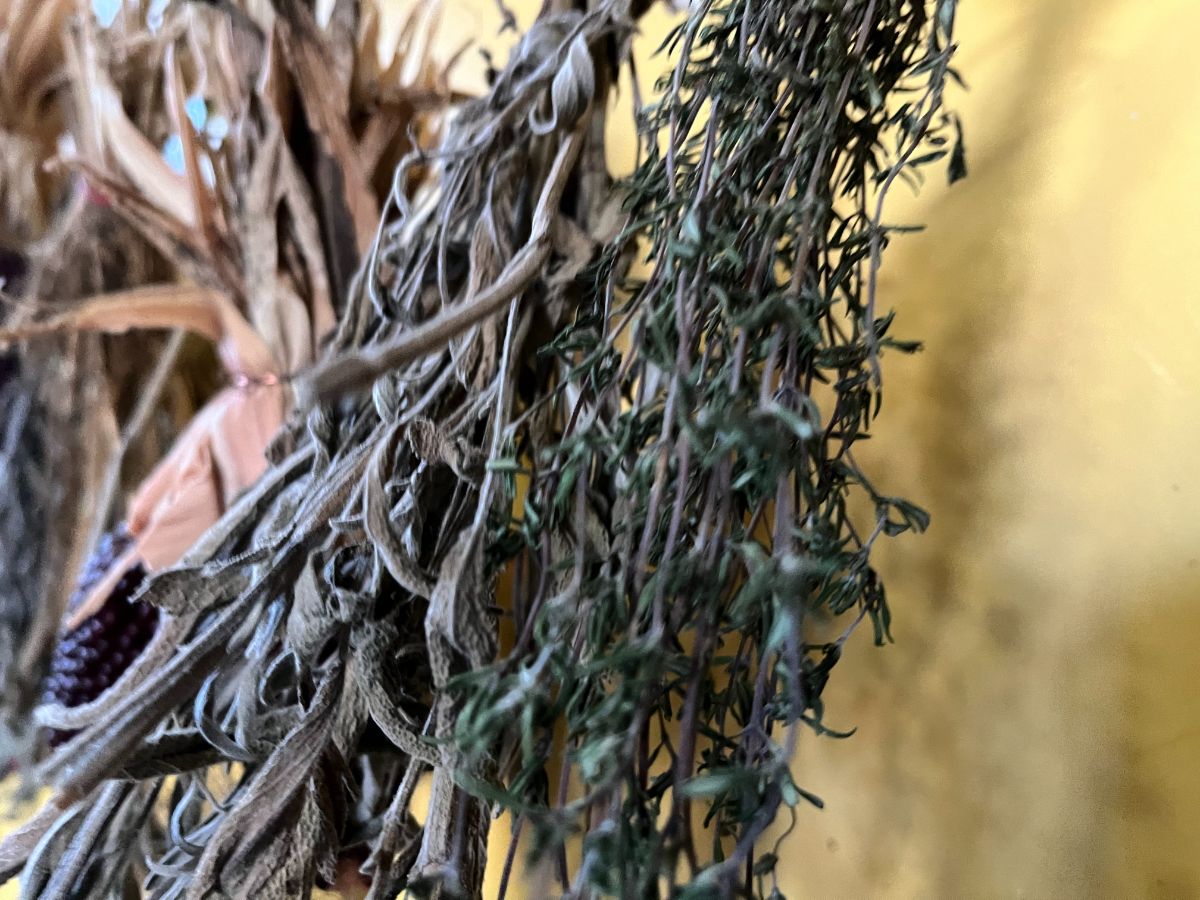
- 5 sprigs dried thyme
- 2 sprigs dried rosemary
- 2 sprigs or about 6 leaves of dry sage
- *Optional 2 dried lemon slices
Tropical Christmas Vacation
- 4 to 5 slices of dried lime
- ½ cup coconut flakes
- 1 vanilla bean (or substitute vanilla extract, see below)
Cinnamon Vanilla
- 2 sticks cinnamon
- 2 vanilla beans (or substitute 2 teaspoons vanilla extract)
Christmas Cookies

- 3 star anise
- 1 vanilla bean (or extract)
- 2 cinnamon sticks
- 1 tablespoon whole allspice berries
Candy Cane
- ¼ cup dried mint (or about the equivalent in dried sprigs—more to “taste”)
- 1 vanilla bean (or extract)
Christmas Home
- 3 sprigs of trim from a fresh Christmas tree or other seasonal evergreen
- 1 medium pinecone (or two small)
Christmas Morning Coffee
- ¼ to ½ cup whole coffee beans
- 2 sticks of cinnamon
- 1 vanilla bean (or extract)
Some Notes on Using Vanilla in Simmer Pots
Vanilla beans look nice, but they can be quite pricey, so you may prefer a cheaper option. Instead of using vanilla beans, you can use a teaspoon of vanilla extract in any recipe.
Another option is to save your “waste” when you use fresh vanilla beans. We often scrape or strain out the pods when we use fresh vanilla. If you do, save them! They will still have scent left for your simmer pots!
If you’re not ready to use your scrapped vanilla beans in pots right away, dry or dehydrate them, then seal them up in an airtight bag for future use.
Tip: Use Kitchen Scraps for Simmer Pots!
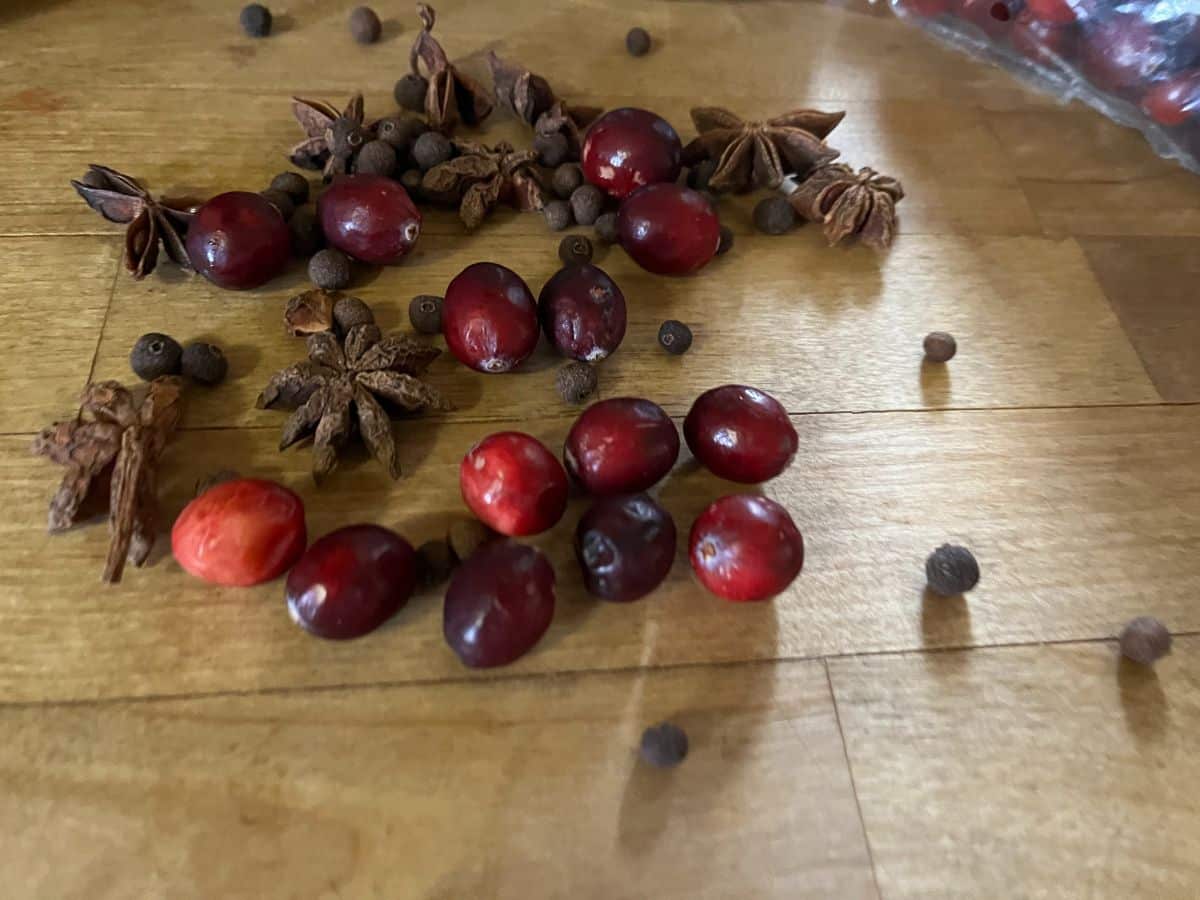
Even though these recipes list slices of fruits, you can also make them with just the leftover peels and scraps from cooking.
There’s no need to waste perfectly good food that you could be eating—you can get just as much scent from the scraps and peels. (A lot of the scent and oils in fruits reside in the peels or just inside them, anyway).
- Apple peels
- Orange peels
- Lemon peels
- Other citrus peels like grapefruit or limes
If you want to save money and put your kitchen “waste” to good use, here are some tips:
- You may want to increase the amount of fruit if you’re using scraps and peels
- Without pulp and juice, the scents are sometimes less intense
- If you are using a food mill to strain dishes, the pulp may make good simmer pot material, too. (For example, if you have cranberries milled out of a sauce that you made.)
- If you’re not using the scraps right away, it’s best to dehydrate them
Exchanging Dried for Fresh Ingredients and Vice Versa
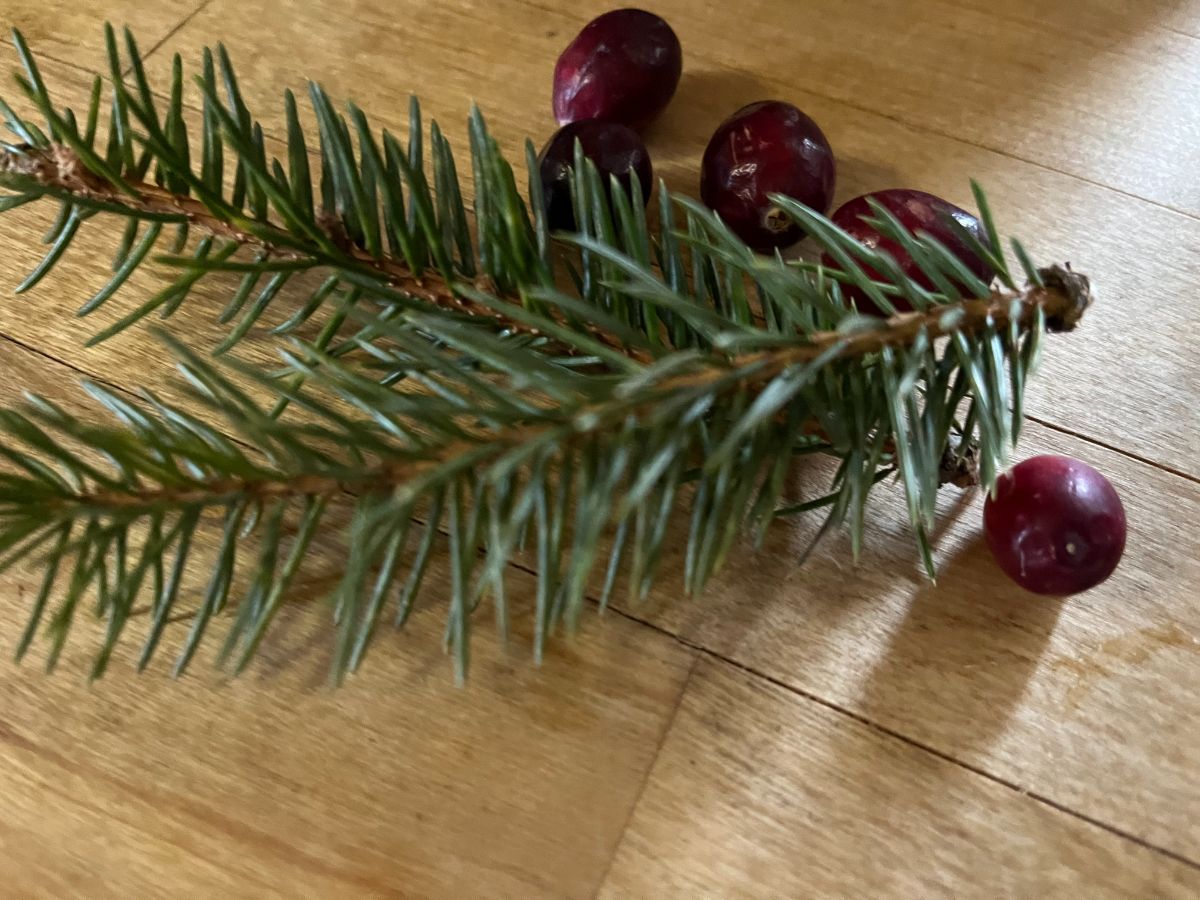
Since you’re simmering the ingredients for scent and not eating them, if you want (or need) to use fresh ingredients instead of dehydrated, you can easily do this.
For simmer pots, you can just keep the measurements the same. It’s not as if you’re eating it, so you don’t need to worry as much about the dried-to-fresh conversion or substitution.
If you need to only substitute some of the ingredients, again, you can just use the same measurements for whatever needs substituting.
Converting dried to fresh in the right proportions would matter more if you were eating it because then you’d need the right balance of flavors, but as a simmering scent, the difference won’t be that great.
Do simmer pot ingredients have to be dried?
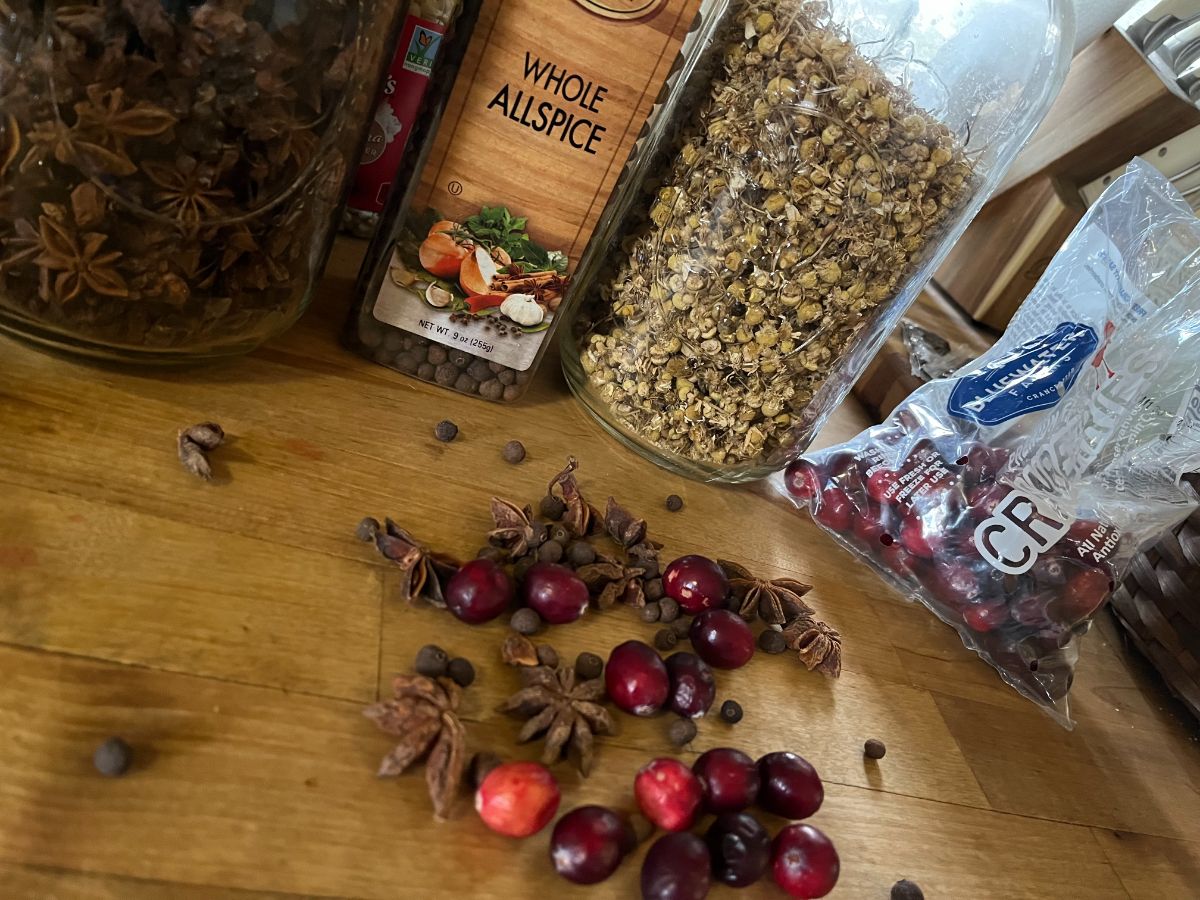
There's no reason that the ingredients for your simmer pots would have to be dried. The biggest reason we use dried ingredients in simmer pots is that it’s easier to store them that way.
Another reason you might choose dried over fresh ingredients is that fresh will have juices and may be stickier. So, dry ingredients are less messy and a bit nicer to deal with.
Some things may give a stronger scent from fresh ingredients, but then again, dehydrating can concentrate scents, too, and rehydrating will bring them out.
Make-Ahead Simmer Packs and Gift Packs
Simmer packs make great gifts, too.
It’s easy to put a pack together in a rustic little craft or gift bag. It won’t take you very long, but they are appreciated gifts for teachers, coworkers, friends, family, hosts, hostesses, and others.
If you want to make simmer pot packs for gift-giving, here are a few tips:
- Use only dried or dehydrated items
- Many herbs, flowers, and sprigs from evergreens can be air dried in a warm room for a few days to dry them enough for the packs
- Fruit, berries, and more moist ingredients should be dried in a dehydrator or low, warm oven
- Cool ingredients before packaging
- Dried fruit slices look especially nice
- Whole sprigs of herbs and whole dried flower heads look lovely
- Cinnamon sticks and whole large spices like star anise, whole cloves, and whole allspice berries are decorative looking, too
- If you need to add a scent like essential oil or vanilla extract, you can add a few drops to some ingredients and let it dry with them when drying or dehydrating
Giving the Personal Touch to Your Simmer Pots

The great thing about simmer pot recipes is that there are no hard and fast rules to the recipes. This isn’t cooking, and it isn’t food for consuming.
You can make your simmer pots to suit your own tastes.
Don’t like the scent of something? Leave it out.
Like the scent of something more than something else? Add more of it.
You can mix, match, add, and subtract to your heart’s delight. Your simmer pots should only ever be something you like the smell of. The point is to enjoy and relax in your home. And we think these seasonal recipes are just the thing to help you do it and get you in the holiday spirit!

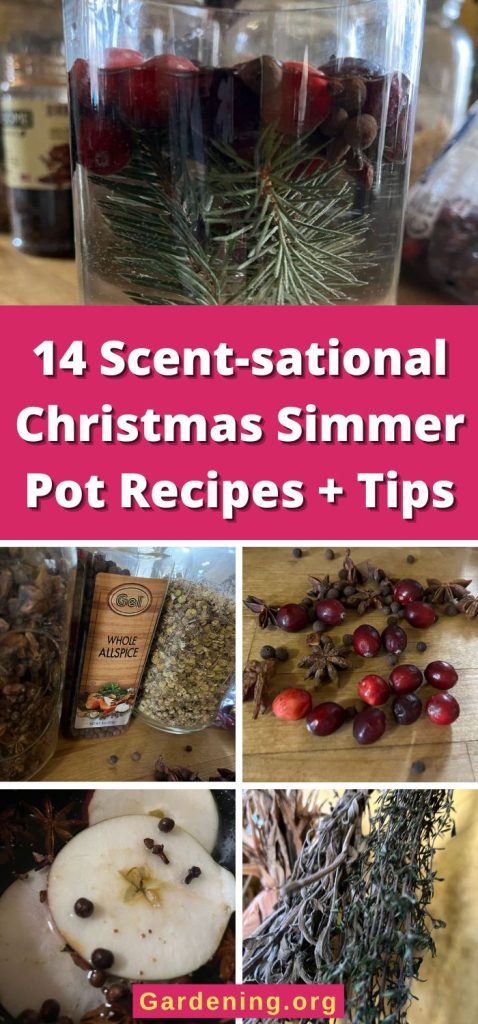
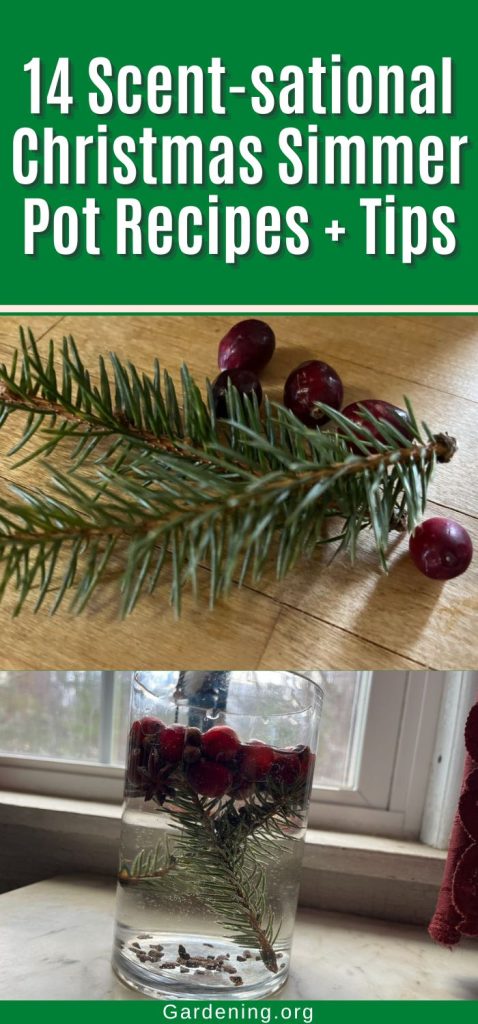
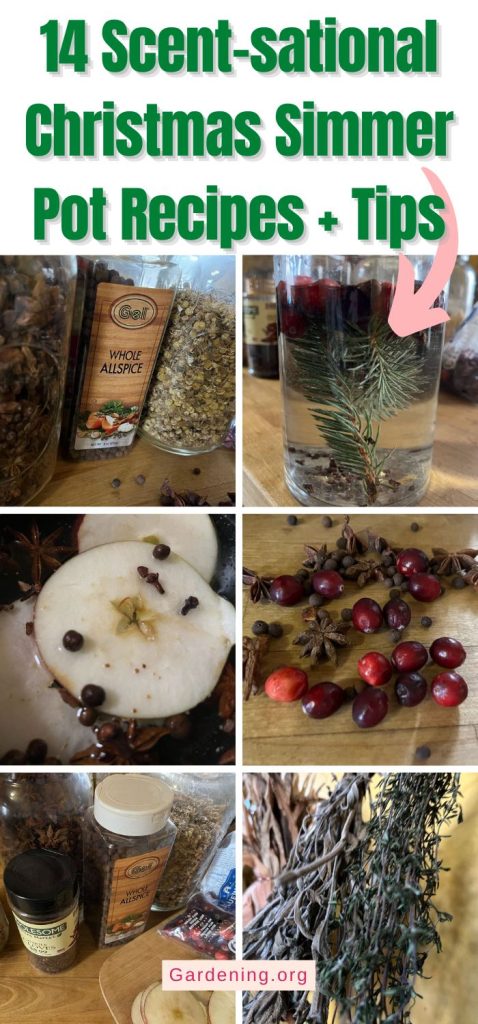
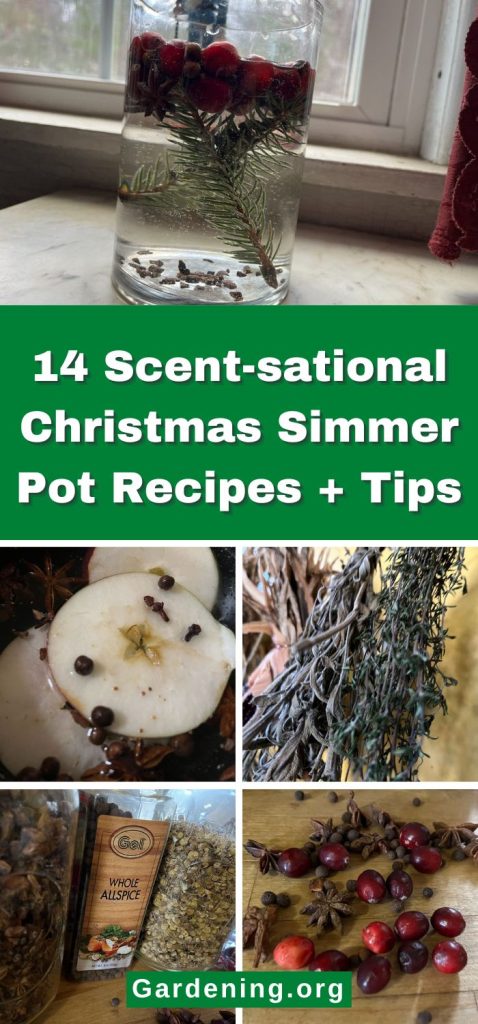

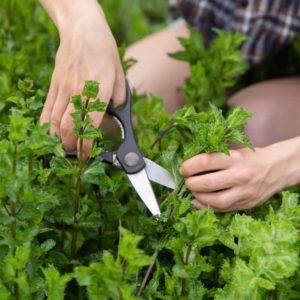
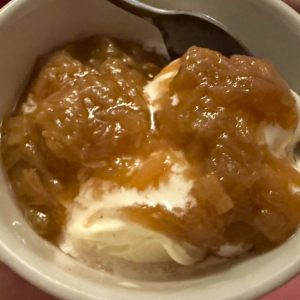
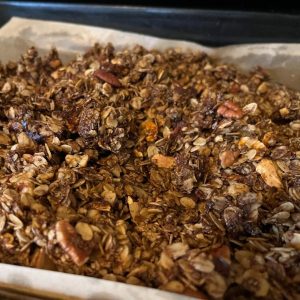
Leave a Reply